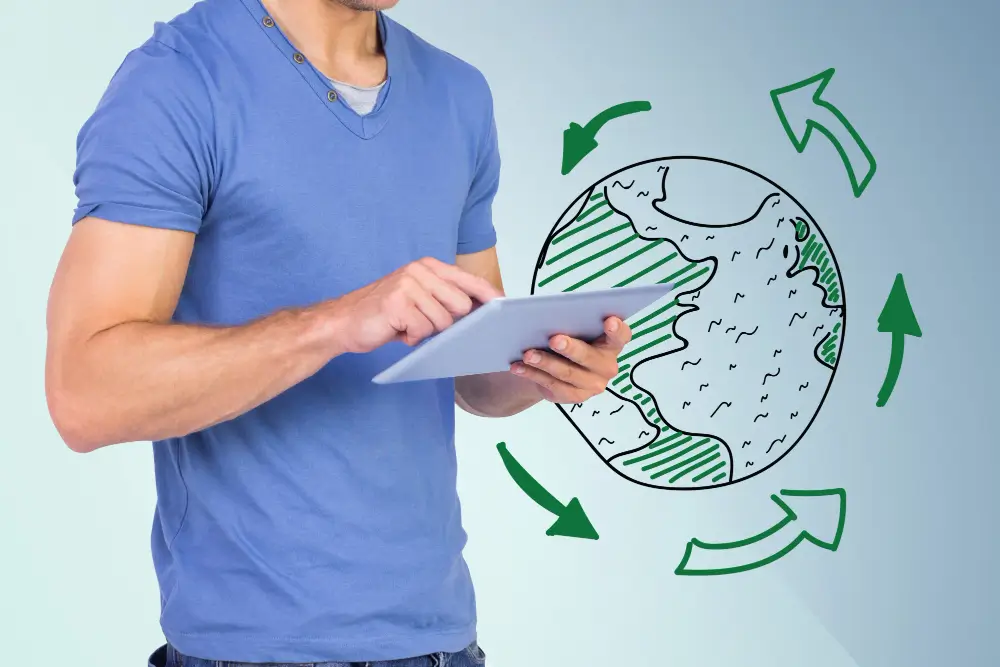Plastic PCR (Post-Consumer Recycled) Materials
What is Plastic PCR?

Benefits of Plastic PCR Packaging
We believe packaging should do more than protect your product; it should also elevate your brand. Our custom development process includes:

Reduced Plastic Consumption:
Using PCR plastic mitigates the creation of new plastic, preventing additional waste from entering the environment and conserving resources used in the production of virgin materials

Lower Carbon Footprint

Boosting Brand Sustainability:
Applications of PCR Plastic in Packaging

Personal Care & Cosmetics:
Brands in the beauty and personal care sectors can utilize PCR plastic for eco-friendly packaging solutions, such as bottles, jars, and tubes for skincare, haircare, and cosmetic products.

Household Products:

Pharmaceutical & Nutraceutical Packaging:

Food & Beverage Packaging:

SB54 Requirements:
A Push Toward Sustainable Packaging
Key SB54 Requirements:

Minimum Recycled Content:
By 2032, SB54 requires that all packaging materials sold in California contain at least 65% recycled content, with an emphasis on reducing the use of virgin plastic. This means that brands must adopt more sustainable materials, like Plastic PCR (Post-Consumer Recycled) plastic, to meet these standards and reduce the environmental impact of their products.

Recycling and Compostability Standards:

Plastic Packaging Reduction:

Producer Responsibility:
How Plastic PCR Helps Brands Meet SB54 Compliance
At NuGen Packaging, we stay up to date on all regulatory changes and requirements to ensure that our clients are ahead of the curve. By choosing Plastic PCR solutions, brands can ensure their packaging meets both the current and future demands of SB54 and demonstrate their commitment to environmental stewardship.


